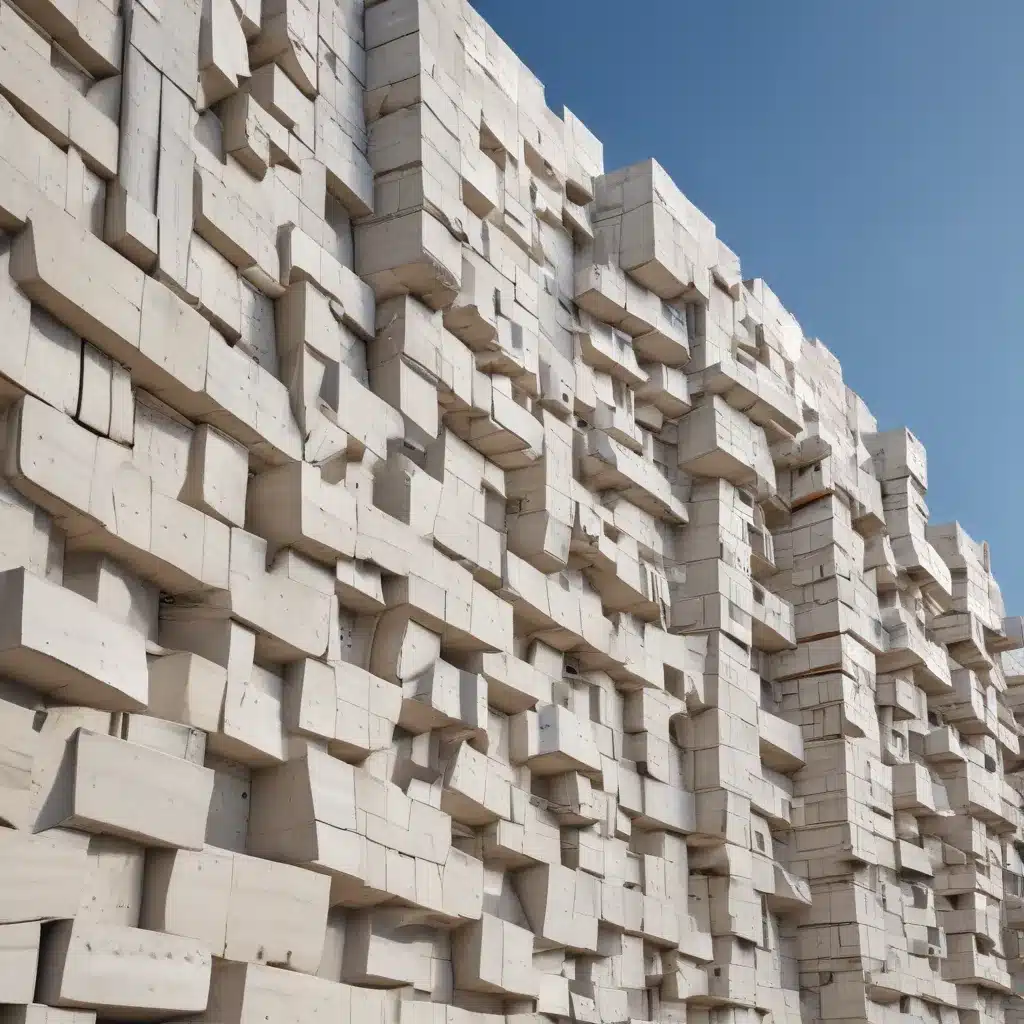
Does Your Site Architecture Help or Hurt?
Hi there! I’m Abby Covert, an author, teacher, and community leader in the field of information architecture. I’ve dedicated my career to making IA skills accessible to everyone, because I believe information architecture has the power to make the world a clearer place.
Today, I want to dive into a topic that’s crucial for any website, whether you’re an SEO agency, an ecommerce store, or a personal blog – your site architecture. You see, your site’s structure isn’t just important for user experience, it’s also a key factor in how search engines like Google view and rank your pages.
So, does your site architecture help or hurt your online visibility and performance? Let’s find out.
The Power of Information Architecture
As an information architect, I’m all too familiar with the messes that can happen when people don’t give enough thought to how they structure their information. Whether it’s a cluttered website, a confusing government agency, or a jumbled filing system, poor IA can turn even the simplest tasks into a headache.
But on the flip side, when information architecture is done well, it has the power to transform the user experience. It’s like walking into a well-designed building – everything just…makes sense. The flow is intuitive, the signage is clear, and you can easily find what you’re looking for.
The same principle applies to websites. Your site’s information architecture is the foundation that shapes how users navigate, consume, and interact with your content. And when that foundation is solid, it opens the door to all sorts of benefits – from higher engagement and lower bounce rates, to better search rankings and more conversions.
The SEO Impact of Site Architecture
Now, I know what you’re thinking – SEO? Isn’t that just about keywords and backlinks? Well, my friends, site architecture is a hugely important (and often overlooked) part of the SEO puzzle.
You see, search engines like Google don’t just look at the content on your pages. They also analyze how those pages are connected and organized within your site. And a well-structured site makes it much easier for search bots to crawl, index, and understand your content.
Think about it this way – if you run an ecommerce store selling outdoor gear, would you rather have your product pages buried 5 clicks deep in some convoluted menu system? Or would you want them easily accessible from a clear, intuitive navigation?
The latter, of course. And search engines feel the same way. They want to surface the most relevant, high-quality content for their users. And sites with a logical, user-friendly information architecture are much more likely to hit that mark.
Designing for Both Users and Search Engines
So, how do you create a site architecture that works for both your human visitors and the search engine algorithms? It’s all about striking the right balance.
First and foremost, you want to prioritize the user experience. After all, if your site is a nightmare to navigate, people are going to bounce faster than you can say “keyword density.” Focus on creating a clean, logical structure that makes it easy for visitors to find what they’re looking for.
Research shows that the ideal click depth to reach any page on your site should be fewer than four clicks. Anything deeper than that, and you risk losing users in the maze.
But don’t just think about the user experience – also consider how search engines will interpret your site’s structure. Many common IA issues can actually be accessibility barriers for users with disabilities. And search engines take note of that, too.
The key is to create a site architecture that’s intuitive and user-friendly, while also providing clear signals to search engines about the relationships between your pages. Use descriptive, keyword-rich URLs. Implement a logical, hierarchical menu structure. And be sure to interlink your pages in a way that reinforces your site’s topic clusters and content pillars.
Overcome Your Information Architecture Hurdles
Now, I know all of this might sound a bit daunting. After all, information architecture isn’t exactly the sexiest part of web design and development. But trust me, it’s worth the effort.
In my work as an IA expert, I’ve seen firsthand how getting your site’s structure right can transform the user experience and supercharge your SEO. And the good news is, you don’t have to be a certified information architect to make it happen.
The principles of good IA are actually pretty straightforward. It’s all about understanding your users, organizing your content in a logical way, and creating clear pathways for navigation. And with the right tools and resources, you can absolutely master these skills, even if you’re not a designer by trade.
So, where do you start? Well, you could start by checking out some of the fantastic IA resources out there, like Life of an Architect or my own book, How to Make Sense of Any Mess. And of course, don’t hesitate to reach out to the team at MCR SEO – they’re the experts when it comes to crafting SEO-friendly site architectures that work for both users and search engines.
At the end of the day, your site’s information architecture isn’t just an afterthought – it’s a fundamental part of your online presence. So take the time to get it right, and watch as your website starts to shine, both in the eyes of your visitors and the algorithms that determine your search rankings.
Happy architecting!



























